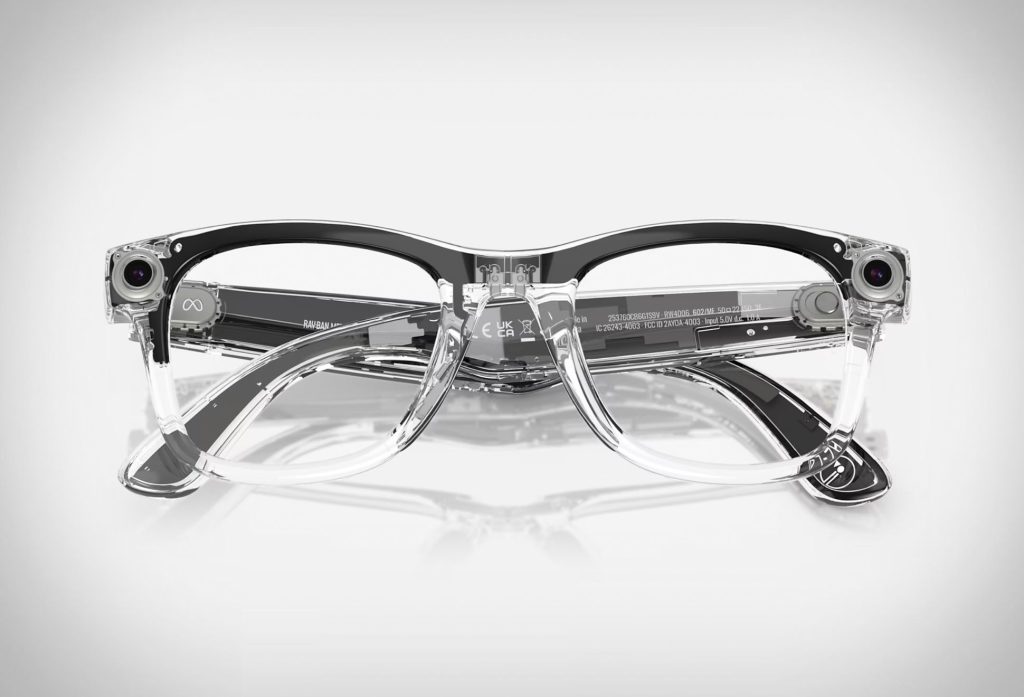Meta Hypernova: The $1,000 Smart Glasses Aiming to Replace Your Phone

In a world where the line between physical and digital reality continues to blur, Meta is pushing forward with its vision of wearable technology and working on the Meta Hypernova smart glasses. After previous attempts with Ray-Ban Stories and the more recent Ray-Ban Meta glasses, Mark Zuckerberg’s company is now preparing its most ambitious project yet — smart glasses codenamed Hypernova. These glasses aim to combine augmented reality (AR), artificial intelligence (AI), advanced gesture control, and — most notably — a built-in display. However, this next-generation tech doesn’t come cheap, with prices expected to range between $1,000 and $1,400.
Meta Hypernova isn’t just another pair of smart glasses. They represent a significant step toward Zuckerberg’s vision of replacing smartphones with wearable devices. But how realistic is that goal, and is the technology ready for everyday users?
What Is Meta Hypernova and Why Does It Matter?
Meta’s Hypernova smart glasses feature a tiny display embedded into the right lens. Unlike previous models, which primarily offered audio-visual features like speakers and a camera, Hypernova takes a leap forward. The display allows users to view notifications, photos, and apps directly through the glasses. Control is handled via touch inputs and hand gestures, made possible by a wrist-worn device codenamed Ceres. This neural interface reads subtle finger movements, enabling intuitive control without physically touching the glasses.

Meta isn’t just targeting tech enthusiasts — it’s trying to appeal to a broader consumer base by offering functionality that could replace many common smartphone tasks, from navigation to interacting with apps.
Specifications and Design: Familiar but Advanced
While the technology inside is evolving, the exterior design of Hypernova is expected to resemble the current Ray-Ban Meta glasses. That means a sleek, familiar look with key upgrades hidden beneath the frame. A new and improved camera is anticipated, building on the current 12MP model, and the glasses will likely be slightly bulkier to accommodate new components.
Interestingly, the display will be compact and located in the corner of one lens — a so-called monocular display. This setup gives users access to lightweight information like weather updates, messages, and navigation cues, without fully immersing them in a digital overlay.
Controls will rely on a mix of physical buttons and capacitive touch sensors similar to those on previous models, allowing for seamless control of music, calls, and camera functions without pulling out a phone.
Software and Interoperability: A Key Concern
One of Meta’s biggest hurdles continues to be software. Earlier models depended on the Meta View app to transfer media and adjust settings, but users frequently complained about bugs, limited features, and poor performance — especially on iOS.

Meta Hypernova is expected to feature its own interface with a strip of app icons, yet it will still rely on smartphone pairing and the Meta View app for core functionality. This raises important questions about cross-platform compatibility — particularly with Apple devices, known for their tight ecosystem restrictions. Unless Meta finds a better way to integrate its software across mobile platforms, the glasses’ potential could be held back.
The Competition and Meta’s Ambitions
Meta isn’t alone in the smart glasses race. Rivals like Solos are already entering the market with their own AI-powered eyewear, such as the AirGo Vision glasses that integrate OpenAI’s GPT-4o. These glasses come at a significantly lower price point — around $299 — and offer features like real-time translation and object recognition using an onboard camera and AI assistant.
Despite the competition, Zuckerberg remains confident. Meta’s internal projections reportedly aim to sell millions of smart glasses in the coming years. Alongside Hypernova, the company is developing even more advanced AR glasses, codenamed Orion, which will feature dual displays and a wider field of view. However, those aren’t expected until at least 2027.
Conclusion: A Technological Leap with Real-World Limitations
Meta Hypernova smart glasses are a bold step forward in the evolution of wearable tech. With an integrated display, AI capabilities, and gesture-based controls, they offer much more than just photo-snapping or music playback. But the high price tag, reliance on flawed software, and challenges with interoperability may slow their path to mass adoption.
For now, Hypernova looks like a fascinating experiment — a bridge between today’s wearables and the fully immersive AR future Meta envisions. If the company can resolve its software issues and ensure broader compatibility, Hypernova could become more than just a luxury gadget — it could become an everyday companion. Until then, the question remains: are consumers willing to pay over $1,000 to take the first step into that future?




